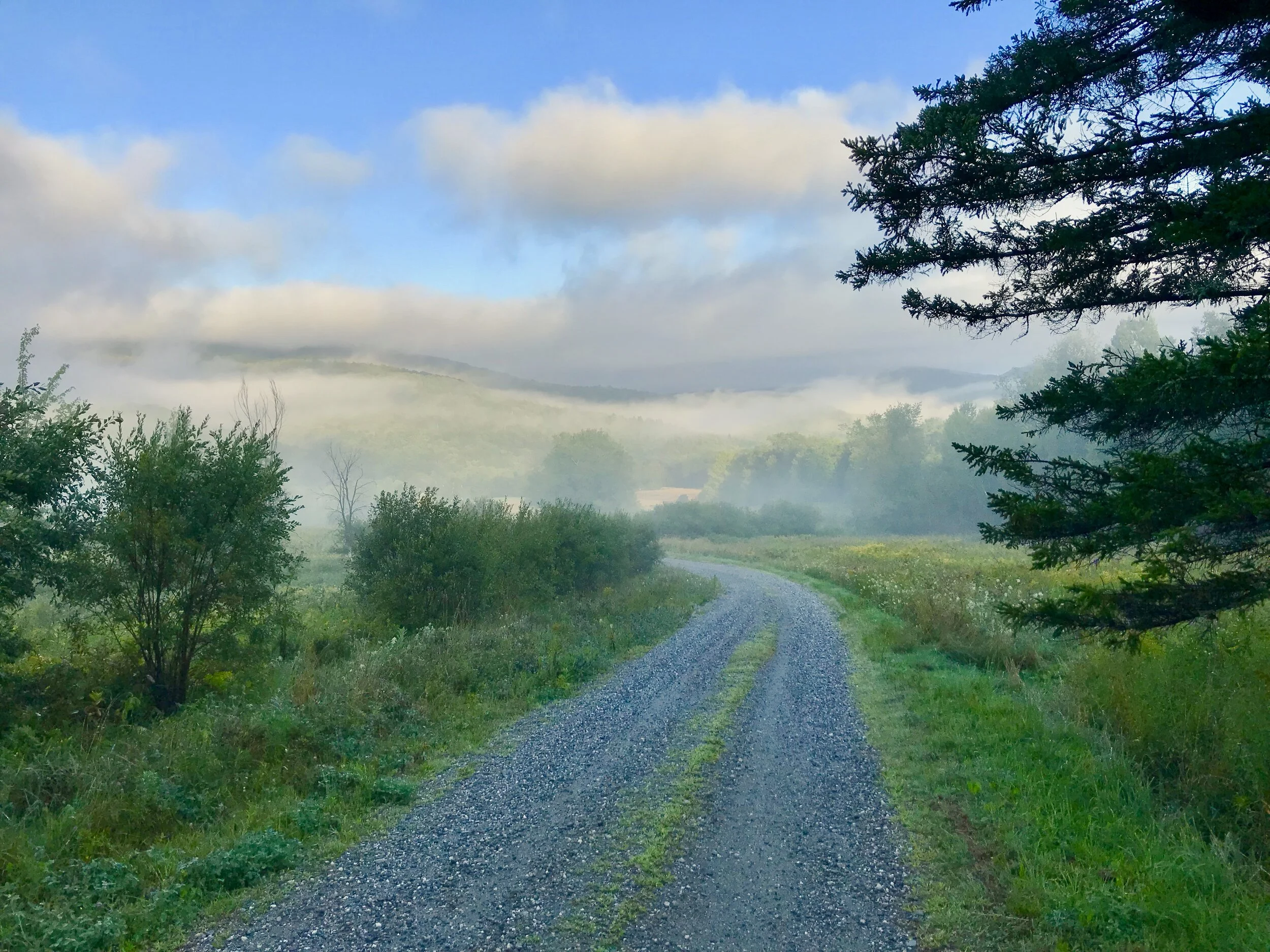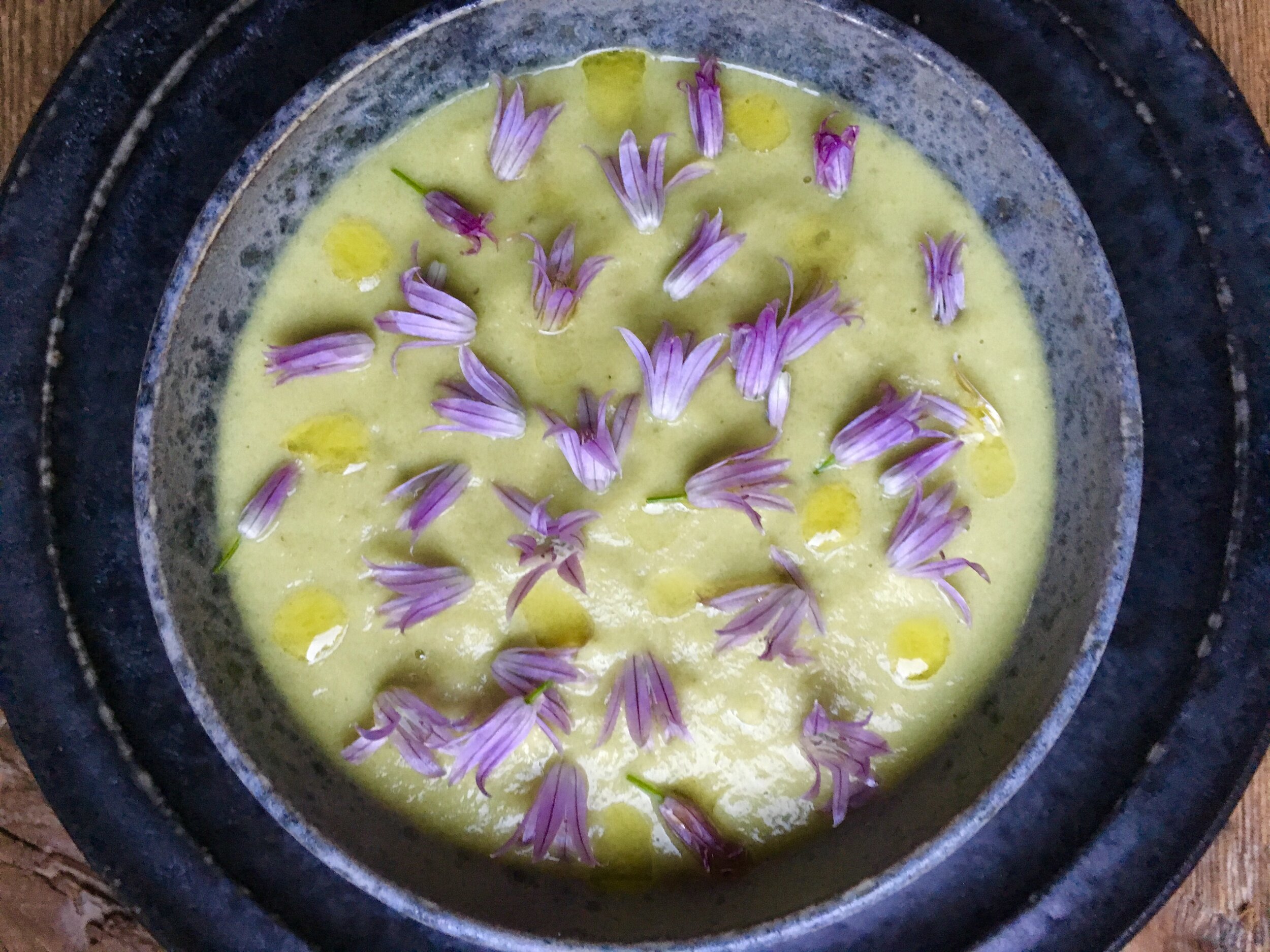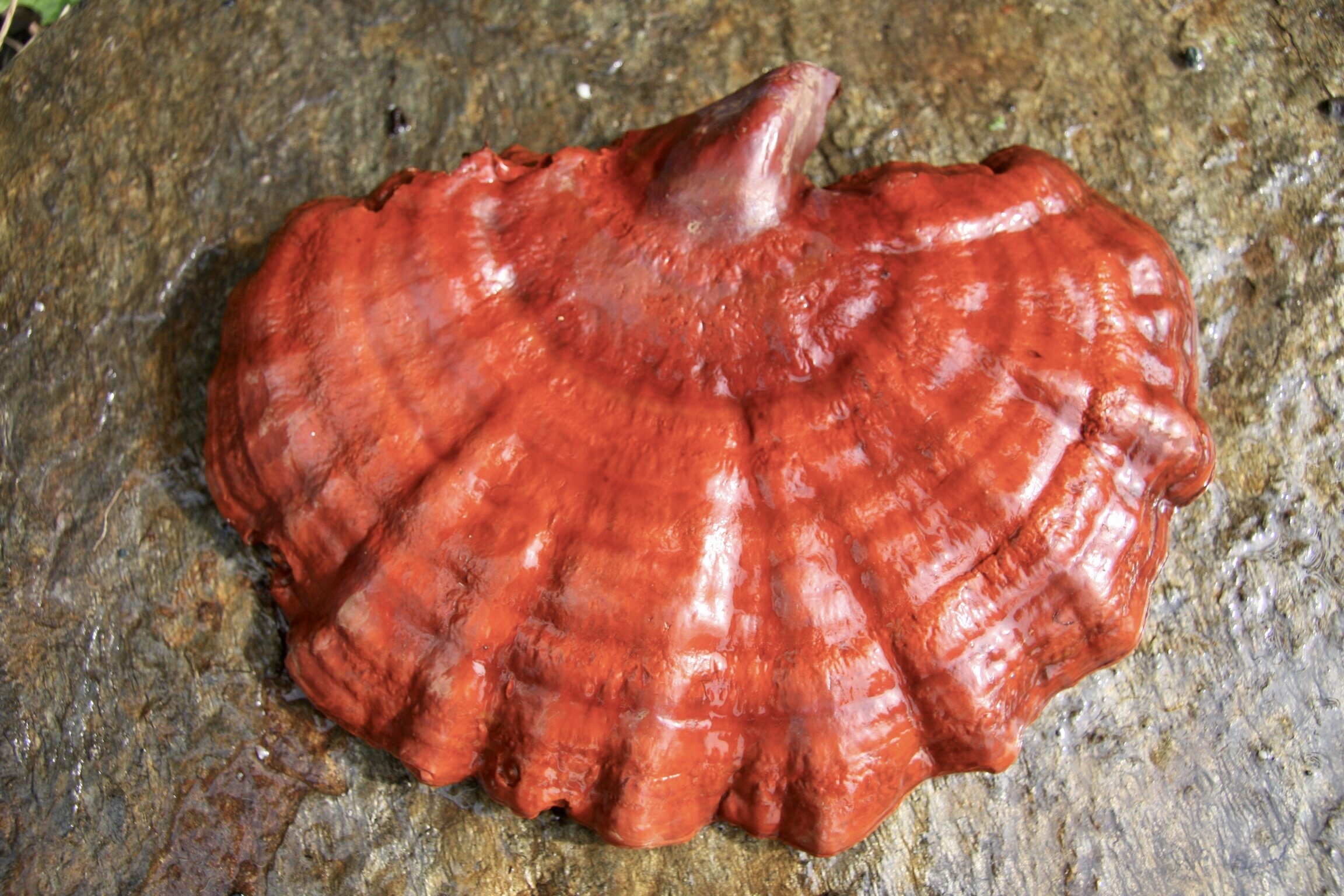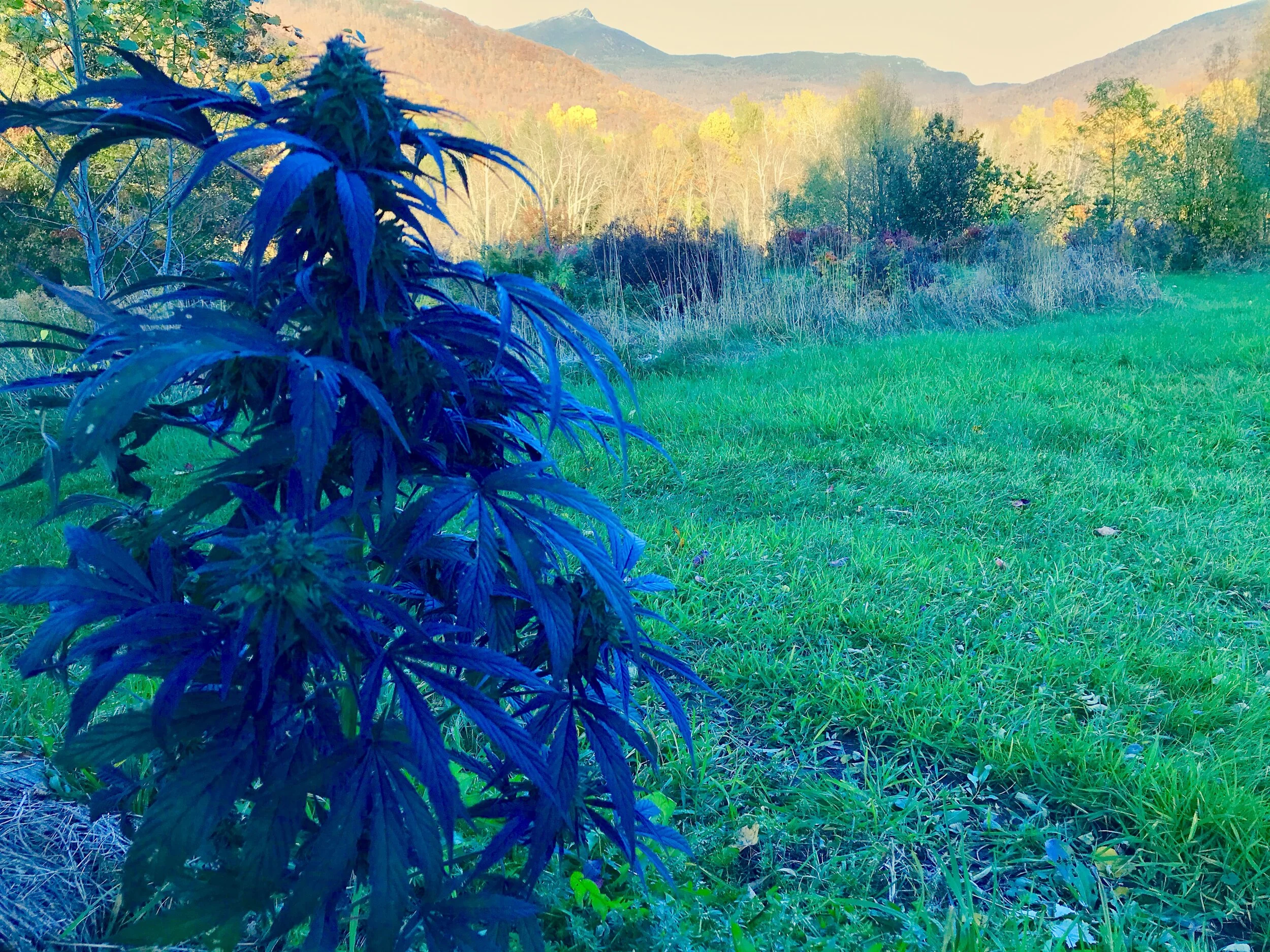Forest Dashi ingredients: log-grown shiitakes, wild-harvested turkey tail, reishi, chaga, and birch polypore. Adding Atlantic kelp and dried diakon to form a regional staple broth.
2025-6 Northeastern land & Food
A series of farming, culinary & land stewardship intensives
LivingFuture Foundation presents a rare opportunity to stay at SHO Farm—the Foundation’s flagship project—in the mountains near Burlington, Vermont for a series of 1-7 day-long intensives, and learn from us and a staff of guest instructors about the multiple dimensions of tending a large regenerative farm and wild landscape, with a special focus on culinary processes that dramatically expand the wild and cultivated foods available to us. Also central to each class, we cover how to integrate wildlife habitat and their phenology as vital parts of a farming and food ecosystem. By immersing ourselves in a functioning ecosystem from the perspectives of those who are a part of it, a transformation occurs, allowing us to view the land and our own foodways through the being of the animals, plants, fungi and elements who abide with us. While sometimes slow to take root in our consciousness, when it does, it changes us forever and hones our capacity for intersubjective and reciprocal relationship with other species as well as our own.
For longer intensives, we offer on-site camping with access to a central kitchen and facilities—this is to keep costs as low as possible. Students will combine book study, guest teacher instruction, and daily practice in the many dimensions of growing an ecosystem for wild and human residents. Intensives will cover different content according to seasonal changes on the land.










